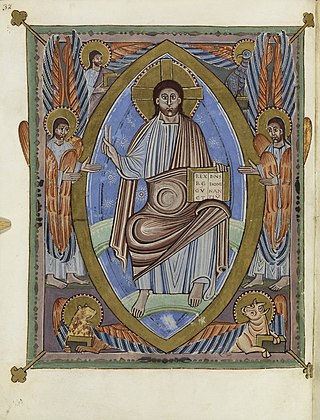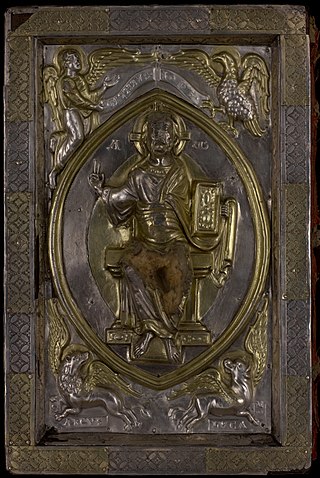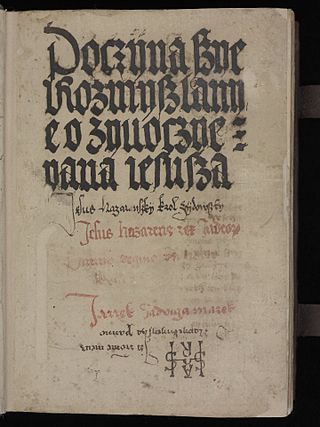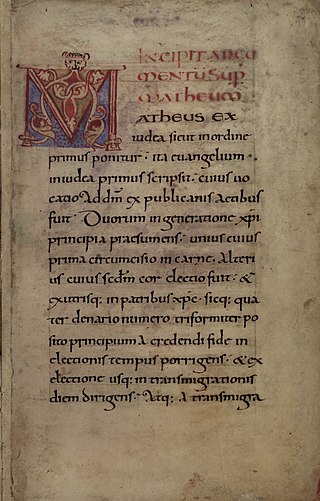| Author | Cyprian Kamil Norwid |
|---|---|
| Language | Polish |
| Genre | poetry |
| Publisher | Oficyna Poetów i Malarzy na Emigracji |
Publication date | 1953 |
| Publication place | England |

Vade-mecum is the most important collection of poetry by Cyprian Kamil Norwid. [1]
Contents
In 1865-1866 Cyprian Kamil Norwid gathered the poems he had been writing since the end of the 1840s into a large cycle, mecum-vade, however, it was not published during the poet's lifetime, but fragments of the cycle were published in 1903–1933. [2]
After Norwid's death, the manuscript of Vade-mecum was kept by his relatives, the Dybowski family and in 1898 it became the property of Zenon Przesmycki. [1] Przesmycki died during the Warsaw Uprising, but his archives, together with Norwid's legacy, were saved and after the World War II found their way to the National Library of Poland. [2] A phototype of manuscript was published by Wacław Borowy in 1947 and it was used as the basis for the first edition of Vade-mecum (Tunbridge, England 1953). [2] A critical edition of Norwid's cycle was prepared in 1966 by Juliusz Wiktor Gomulicki. [2] Since May 2024, an autograph copy of the Vade-mecum has been exhibited at a permanent exhibition in the Palace of the Commonwealth. [3] [1]
The one-hundred-poem collection includes poems which are so well known as With Hands Swollen from Clapping ( Polish : Klaskaniem mając obrzękłe prawice), In Verona (Polish : W Weronie) and Chopin's Pianoforte (Polish : Fortepian Szopena) and is supplemented by a prose prologue, the poem Generalisations ( Polish : Ogólniki). [2] Some poems had been published earlier, some were written specially for the cycle and some came from the lyrical codex, an earlier manuscript. [2]



















